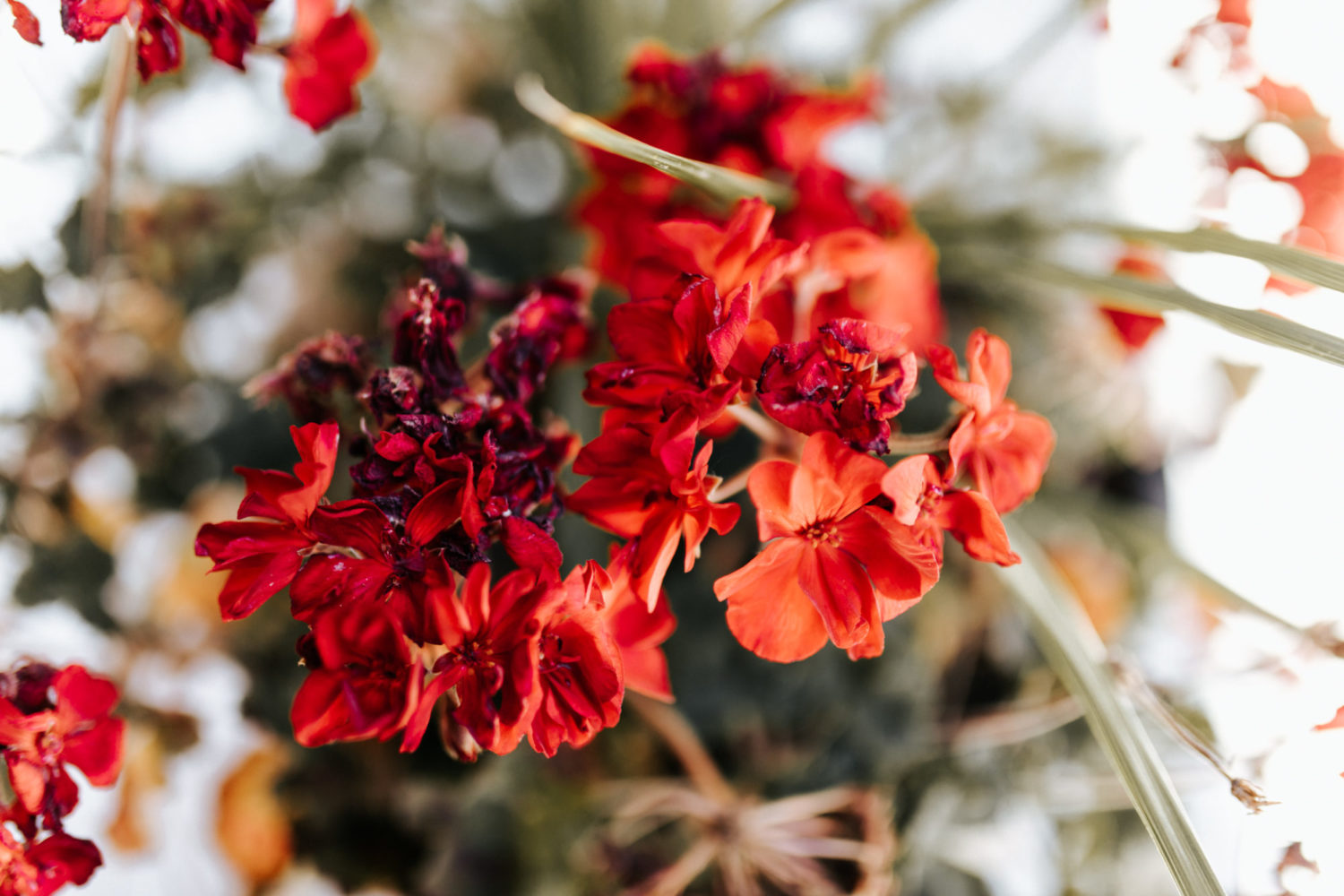Environmental justice aims to ensure that no group of people—whether you divide them by race, income level, or another social distinction—suffers from negative impacts of the government’s environmental choices more than any other group.
Excerpt from “What Is Environmental Justice, Anyway?“
The first post I wrote for Novel Hand was an overview of what I’d learned about environmental justice through my classes and further research. If you haven’t yet, go back and check out that article before continuing on with this one—it’ll help explain the history of the movement, the science behind it, and the political and community efforts working to ensure that environmental policies prioritize equity and inclusion.
Since that initial post, and especially in the wake of the murder of George Floyd, I’ve been learning more about how various environmental concerns intersect with racial justice. Long story short, the systemic racism that plagues our justice system, our prisons, and countless other aspects of our society is also deeply embedded in our environmental concerns, from climate change to hazardous waste dumping. Across the board, people of color—especially Black and Hispanic Americans—face health hazards related to climate and unjust environmental policies far more often than white Americans.
For example, “redlining” practices (officially outlawed in 1968 under the Fair Housing Act) were once used throughout the United States to restrict BIPOC (Black, Indigenous, and People of Color) to living in specific areas of town. Now, the lingering effects of redlining have put BIPOC Americans at a higher risk for death and illness due to air pollution and heatwaves, which are expected to become more intense due to climate change.
The following are some additional forms of environmental justice I’ve been learning about, all of which aim for the inclusion and advancement of people of color in areas related to the environment and the outdoors.
Inclusion in the Outdoors
Between working at a summer camp and finding new passions for hiking and rock climbing, I’ve become somewhat of an outdoors junkie over the past few years. I’ve discovered, however, that the outdoor industry is mainly represented by those who are “white, male, and able-bodied”; advertisements, social media posts, and my own firsthand experience on the trails and walls have made this pretty clear.
Projects such as the In Solidarity Project’s Outdoor CEO Diversity Pledge aim to hold businesses and industry leaders accountable for advancing diversity and inclusion within their leadership, media and advertising, and athletic ambassador programs.
Outdoor spaces, such as national parks and hiking trails, are often inaccessible to people of color for a variety of reasons. If you want to learn more, Eve’s post from two weeks ago is an excellent resource covering exclusion in outdoor spaces and the history of racism in urban planning and the outdoor community.
For more on inclusion in outdoor spaces, check out these Instagram accounts:
Intersectional Environmentalism
Intersectional environmentalism is an inclusive version of environmentalism that advocates for both the protection of people and the planet. It identifies the ways in which injustices happening to marginalized communities and the earth are interconnected. It brings injustices done to the most vulnerable communities, and the earth, to the forefront and does not minimize or silence social inequality.
Leah Thomas, “Why Every Environmentalist Should Be Anti-Racist“
Activist Leah Thomas recently coined this term to broaden the scope of the environmental justice movement, focusing specifically on the environmental concerns of individual communities of color and other minority groups. Her website outlines these concerns in more detail, and provides a vast amount of intersectional environmentalism resources for every community, including allies.
Representation and Racism in Science
As I pursue a degree in Earth and Environmental Sciences, I’ve heard vague references to the lack of diversity within my field. Indeed, the geosciences are the least-diverse STEM field, and while women have enjoyed some advancement, the past four decades have seen little to no improvement in racial disparities. This article by Wanjiku Gatheru, a graduate of the University of Connecticut, speaks to the experience of being a black environmental scholar; our field is dominated by white-centric environmental concerns, and largely ignores the history and environmental perspectives of BIPOC academics.
Additionally, racial prejudice exists across STEM fields. The journal Nature describes science as “a profession that already marginalizes women and people of colour — and Black scientists in particular,” pointing to the ways in which scientific societies and academia have failed to acknowledge and support BIPOC scientists. In the long term, it will take much more than simple statements of solidarity from the STEM community to bring about positive change; anti-racism education and diversity-oriented hiring and recruitment practices are two basic steps that universities and organizations can take to support people of color in academia.
Other Resources
For further learning about environmental justice, here’s a few sources I recommend:
- The Green Dreamer Podcast
- @wastefreemarie on Instagram, and this post in particular
- @kameachayne, especially this post
- This reading list from the New York Times
Got any other ideas for how to support people of color in STEM and the environmental movement? Are there any other resources you’ve been learning from? Drop them in the comments below!
- A Dose of Climate Optimism from 2021 - January 20, 2022
- When It Comes To Climate Change, Language Matters. Here’s Why. - December 28, 2021
- The EPA Wants To Take A Few Years To Regulate PFAS. Here’s Why. - October 28, 2021
